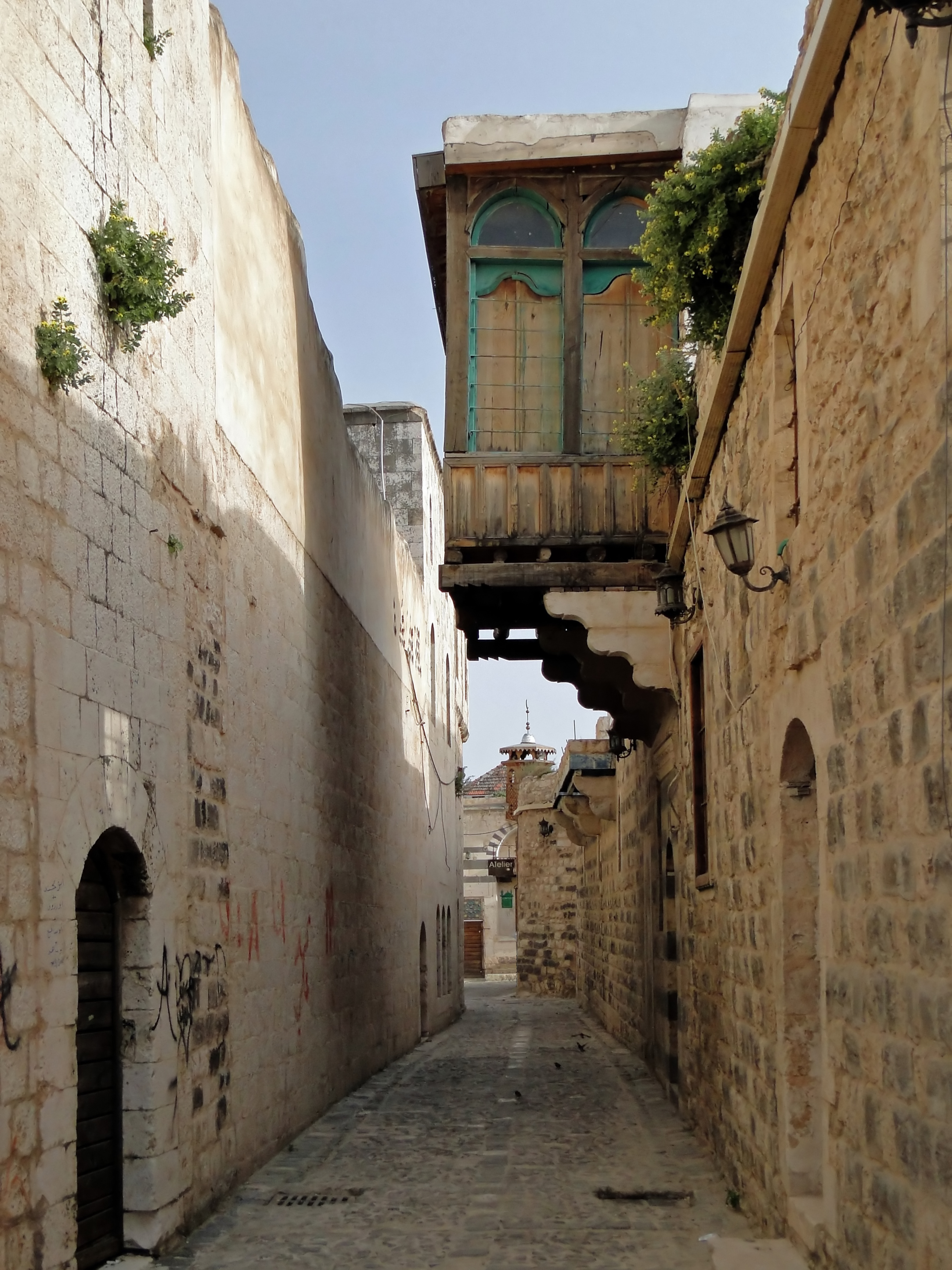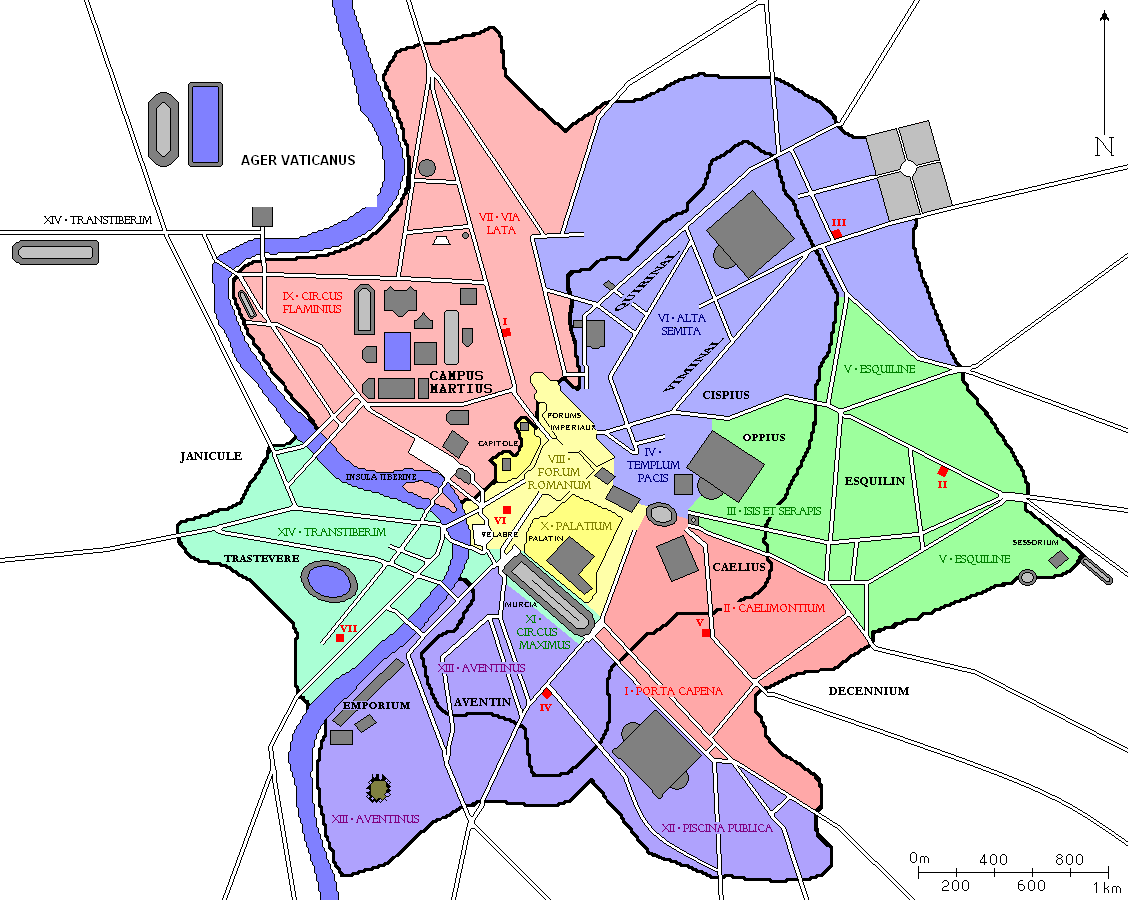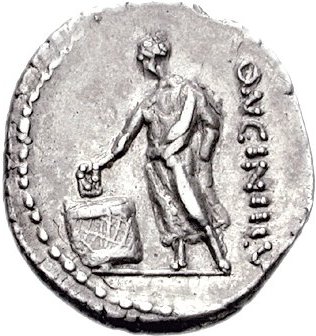|
Gaius Maesius Tertius
Gaius Maesius Tertius (c. 1st century – c. 2nd century) was a Roman civil servant and officer active at the beginning of the 2nd century AD. According to a military diploma issued on 14 October 109 found in Valentia Banasa in the Mauritania Tingitana province in year 109 AD he was ''praefectus'' (commander) of the '' ala I Hamiorum sagittariorum''. In 113 AD he was '' subpraefectus vigilum'' in Rome (the first person known serving under this office).{{CIL, 6, 221 Tertius was inscribed in the Tribe ''Palatina''.Hans-Georg Pflaum Hans-Georg Pflaum (3 June 1902, Berlin – 26 December 1979, Linz) was a German-born French historian. Life Pflaum, who came from a Jewish family of industrialists, at first studied law in Breslau and Heidelberg, afterwards taking a position in ...: ''Les carrières'', Nr. 78, p. 174–175. References 1st-century Romans 2nd-century Romans Ancient Roman equites ... [...More Info...] [...Related Items...] OR: [Wikipedia] [Google] [Baidu] |
Roman Military Diploma
A Roman military diploma was a document inscribed in bronze certifying that the holder was honourably discharged from the Roman armed forces and/or had received the grant of Roman citizenship from the emperor as reward for service. The diploma was a notarised copy of an original ''constitutio'' (decree) issued by the emperor in Rome, listing by regiment (or unit) the eligible veterans. The ''constitutio'', recorded on a large bronze plate, was lodged in the military archive at Rome (none such has been found; presumably they were melted down in later times). History Diplomas were issued during the Principate period (52–284 AD) to retiring veterans who had served in those corps of the Roman armed forces which enlisted ''peregrini'', that is, inhabitants of the Roman empire who were not Roman citizens (the vast majority of the empire's population in the 1st and 2nd centuries). Such corps were: the ; Roman navy, the Praetorian Guard's cavalry (''equites singulares Augusti''); ... [...More Info...] [...Related Items...] OR: [Wikipedia] [Google] [Baidu] |
Mauritania Tingitana
Mauretania Tingitana (Latin for " Tangerine Mauretania") was a Roman province, coinciding roughly with the northern part of present-day Morocco. The territory stretched from the northern peninsula opposite Gibraltar, to Sala Colonia (or Chellah) and Volubilis to the south, and as far east as the Mulucha (or Malva) river. Its capital city was Tingis, which is the modern Tangier. Other major cities of the province were Iulia Valentia Banasa, Septem, Rusadir, Lixus and Tamuda. History After the death in 40 AD of Ptolemy of Mauretania, the last Ptolemaic ruler of the Kingdom of Mauretania, in about 44 AD Roman Emperor Claudius annexed the kingdom to the Roman Empire and partitioned it into two Roman provinces: Mauretania Tingitana and Mauretania Caesariensis. The Mulucha ( Moulouya River), located around 60 km west of modern Oran, Algeria, became the border separating them. The Roman occupation did not extend very far into the continent. In the far west, the sou ... [...More Info...] [...Related Items...] OR: [Wikipedia] [Google] [Baidu] |
Ala (Roman Cavalry Unit)
The (; ) were introduced as non-citizen troops attached to the citizen legions by Augustus after his reorganisation of the Imperial Roman army from 27 BC. By the 2nd century, the contained the same number of infantry as the legions and, in addition, provided almost all of the Roman army's cavalry (especially light cavalry and archers) and more specialised troops. The thus represented three-fifths of Rome's regular land forces at that time. Like their legionary counterparts, auxiliary recruits were mostly volunteers, not conscripts. The were mainly recruited from the '' peregrini'', free provincial subjects who did not hold Roman citizenship and constituted the vast majority of the population in the 1st and 2nd centuries (c. 90% in the early 1st century). In contrast to the legions, which only admitted Roman citizens, members of the could be recruited from territories outside of Roman control. Reliance on the various contingents of non- Italic troops, especially cav ... [...More Info...] [...Related Items...] OR: [Wikipedia] [Google] [Baidu] |
Hama
Hama ( ', ) is a city on the banks of the Orontes River in west-central Syria. It is located north of Damascus and north of Homs. It is the provincial capital of the Hama Governorate. With a population of 996,000 (2023 census), Hama is one of the four largest cities in Syria, with Damascus, Aleppo and Homs, Also notably being the only Governorate with no land borders with any foreign countries, Hama is also known for its Cheese-making tradition, notably reflected in a signature local dessert Halawet el Jibn. The city is renowned for its seventeen norias used for watering the gardens, Which are claimed to date back to 1100 BC. Though historically used for irrigation, the norias today are purely for show for the local population. History The ancient settlement of Hamath was occupied from the early Neolithic to the Iron Age. Neolithic The stratigraphy is very generalized, which makes detailed comparison to other sites difficult. Level M ( thick) contained both white ware ... [...More Info...] [...Related Items...] OR: [Wikipedia] [Google] [Baidu] |
Praefectus Vigilum
The ''praefectus vigilum'' (, pl.: ''praefecti vigilum'') was, starting with the reign of the Emperor Augustus, the commander of the city guards in Rome (''cohortes vigilum'' or ''vigiles''), whom were responsible for maintaining peace and order at night--a kind of fire and security police. Although less important than the other prefects, the office was considered a first step in order to reach an important position in the imperial administration. Description Headquarters The offices of the ''praefectus vigilum'' were located in the ''Campus Martius'', perhaps in the quadriportico of the theatre of Balbus (along the '' via Lata''), inside the barracks of the First Cohort of ''Vigiles'' ().Lefebvre (2011), p. 185 The reason to think that is that all the dedications found in the remains of these barracks are inscribed in the name of the prefect.Homo (1971), p. 164 It was in this building that the ''praefectus vigilum'' had his offices and his courtroom and it was from there t ... [...More Info...] [...Related Items...] OR: [Wikipedia] [Google] [Baidu] |
List Of Roman Tribes
Tribes () were groupings of citizens in ancient Rome, originally based on location. Voters were eventually organized by tribes, with each Roman tribe having an equal vote in the Tribal Assembly. Original tribes Latin ''tribus'' perhaps derives from the Latin word for "three", ''trēs''. The Romans believed that through much of the early regal period of Roman history, there were only three tribes: *Ramnes *Tities *Luceres These names were also preserved in the names of six of the later centuries of Roman equites. Later tribes Livy records that in 495 BC the number of tribes was increased to 21, and the number of tribes reached 35 in 242 BC and was not expanded further. Urban tribes Attributed by Livy to the sixth Roman king, Servius Tullius, the ''urban'' tribes were named for districts of the city and were the largest and had the least political power. In the later Republic, poorer people living in the city of Rome itself typically belonged to one of these tribes. [...More Info...] [...Related Items...] OR: [Wikipedia] [Google] [Baidu] |
Hans-Georg Pflaum
Hans-Georg Pflaum (3 June 1902, Berlin – 26 December 1979, Linz) was a German-born French historian. Life Pflaum, who came from a Jewish family of industrialists, at first studied law in Breslau and Heidelberg, afterwards taking a position in his father's company. He was promoted in 1925 in Breslau. When the company fell victim to the global economic crisis in 1929, Pflaum turned to a career as an academic studying Ancient History and Classical Philology in Berlin, where he studied under Ulrich Wilcken, , Eugen Täubler and Ernst Stein. After the National Socialist German Workers Party took control of the country, he left Germany in 1933 and continued his studies in Paris with Jérôme Carcopino at the Sorbonne. He also studied under the epigraphist Louis Robert. In 1937, Pflaum wrote a dissertation on the Cursus publicus during the Roman Empire and was to become a member of the Centre national de la recherche scientifique (CNRS). After the French defeat in 1940, he had t ... [...More Info...] [...Related Items...] OR: [Wikipedia] [Google] [Baidu] |
1st-century Romans
File:1st century collage.png, From top left, clockwise: Jesus is crucified by Roman authorities in Judaea (17th century painting). Four different men ( Galba, Otho, Vitellius, and Vespasian) claim the title of Emperor within the span of a year; The Great Fire of Rome (18th-century painting) sees the destruction of two-thirds of the city, precipitating the empire's first persecution against Christians, who are blamed for the disaster; The Roman Colosseum is built and holds its inaugural games; Roman forces besiege Jerusalem during the First Jewish–Roman War (19th-century painting); The Trưng sisters lead a rebellion against the Chinese Han dynasty (anachronistic depiction); Boudica, queen of the British Iceni leads a rebellion against Rome (19th-century statue); Knife-shaped coin of the Xin dynasty., 335px rect 30 30 737 1077 Crucifixion of Jesus rect 767 30 1815 1077 Year of the Four Emperors rect 1846 30 3223 1077 Great Fire of Rome rect 30 1108 1106 2155 Boudican revol ... [...More Info...] [...Related Items...] OR: [Wikipedia] [Google] [Baidu] |





